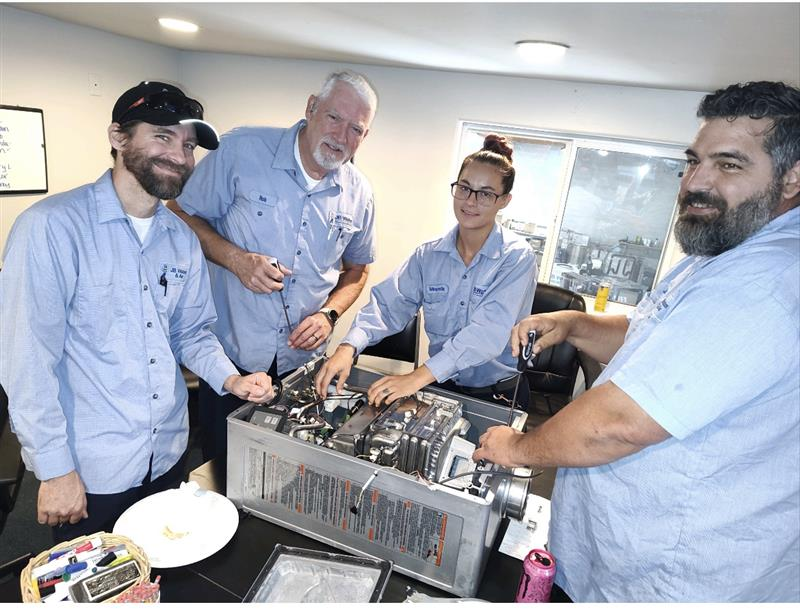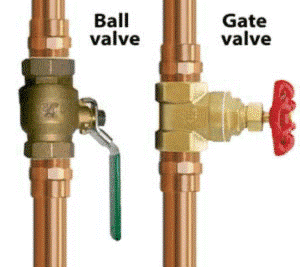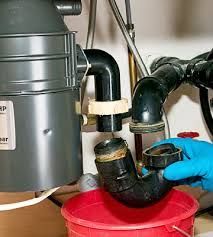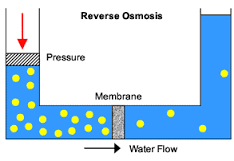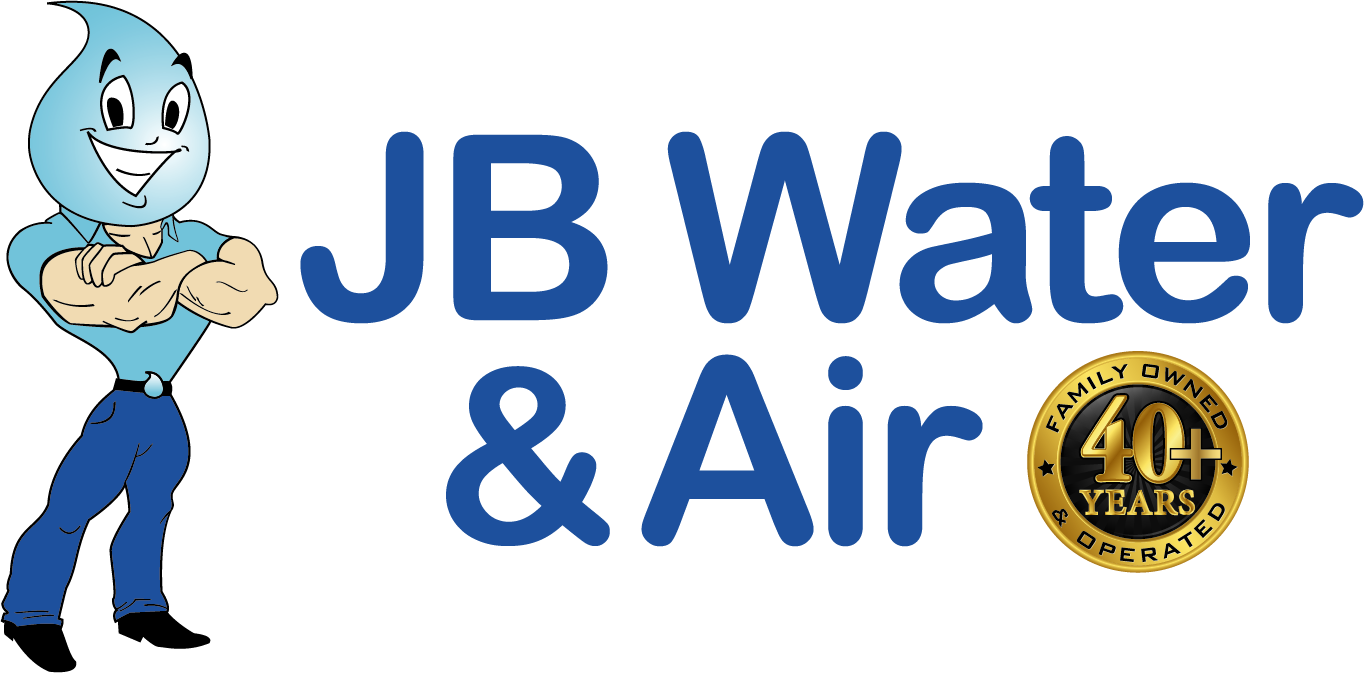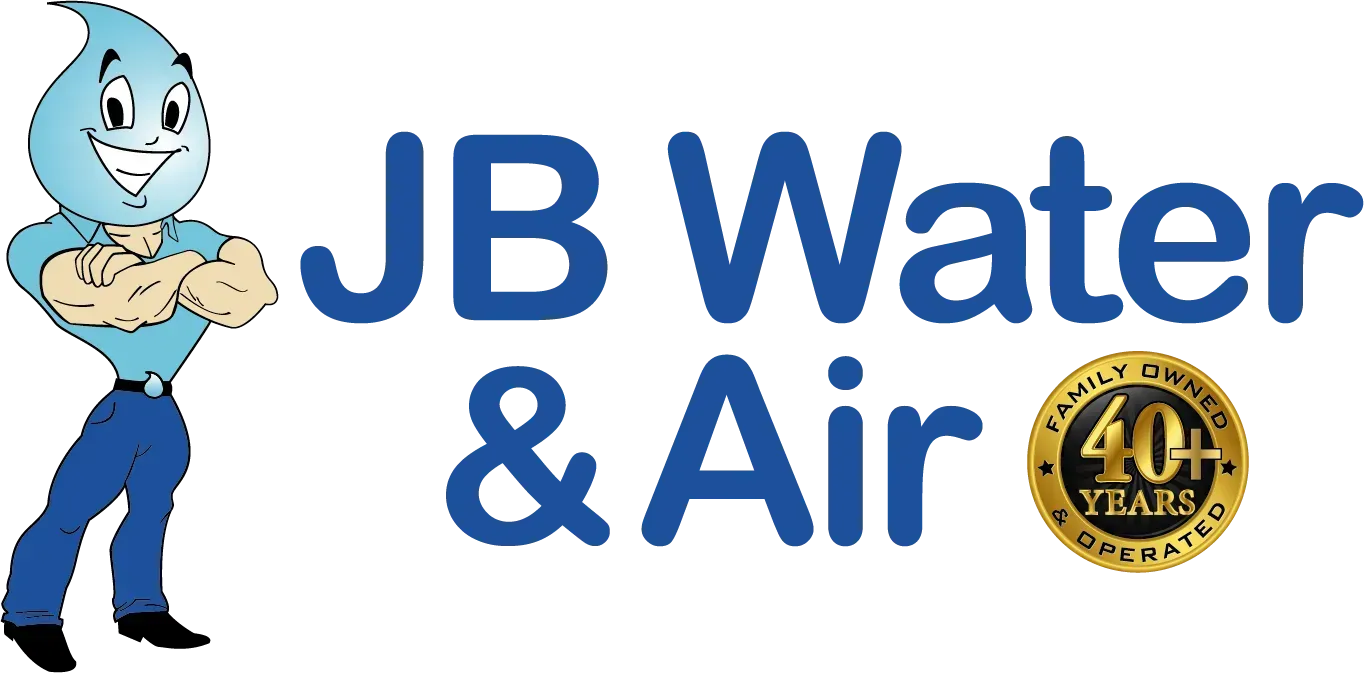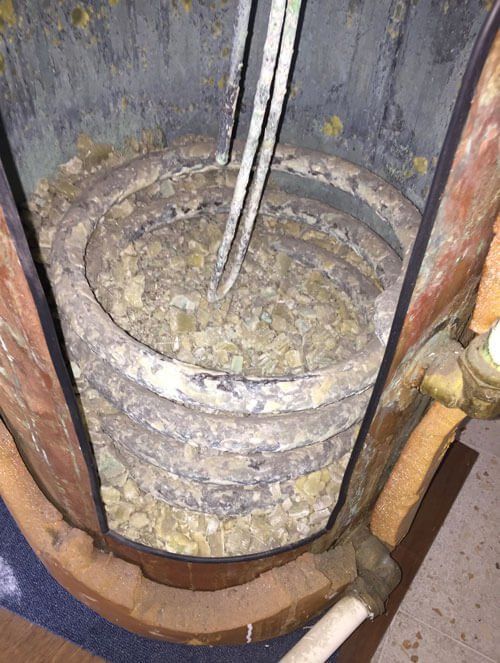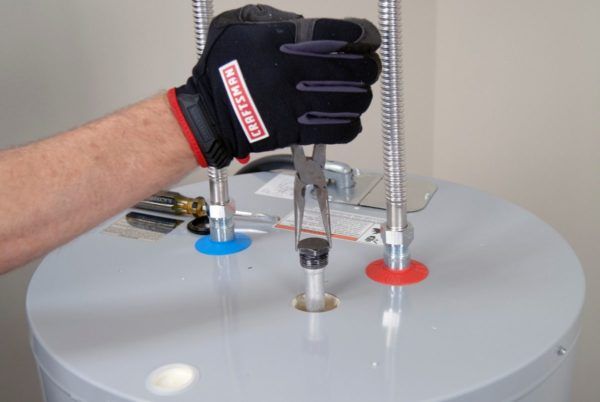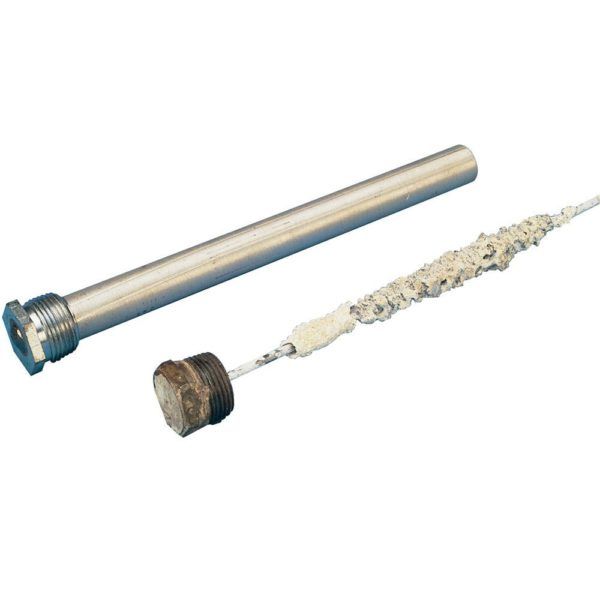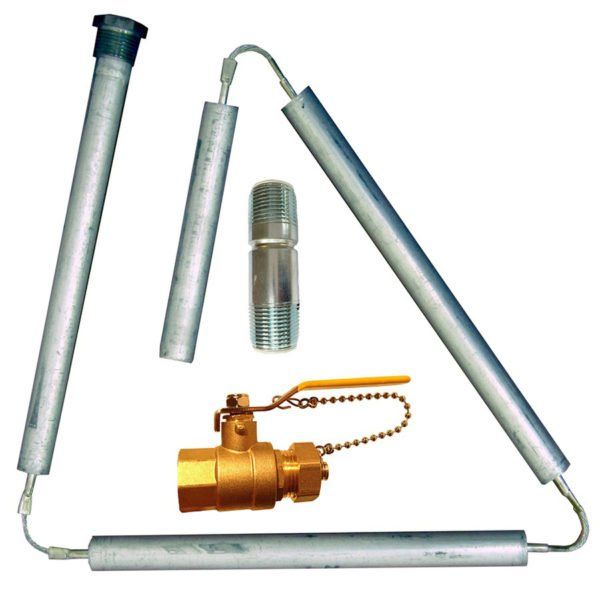JB Water and Air
Water heater maintenance can extend the life span of this important appliance. In Arizona, the life span of a typical electric tank style water heater is 6 to 10 years. Gas water heaters tend to have even shorter life spans. The life expectancy of your water heater will depend on the quality of your water, design of the unit, how well it has been installed, and whether any water heater maintenance is performed.
Today, I want to introduce you to two maintenance procedures that you can perform that is guaranteed to at least double the life of your water heater.
Prevent Sediment Buildup by Regularly Flushing the Tank
Sediment buildup in the bottom of your water heater tank can reduce the energy efficiency of heating the water because you are heating the sediment along with the water. In gas water heaters, the sediment at the bottom of the tank can form a layer of insulation between the burner and the water. The sediment slows down the heat transfer from the burner to the water, causing the tank to be overheated, weakening the steel and the glass lining. In electric water heaters, the lower element can get buried in sediment, which can cause it to work far too hard and consequently burn out.
Keeping your water heater in good condition for years to come is simple. By performing regular water heater maintenance that includes flushing sediment buildup from the interior, you can help prevent potentially costly repairs or damage that can destroy the appliance entirely. In Arizona, flushing at least once per year is recommended and every six months if you have very hard water.
DIY: How to Flush a Water Heater
Flushing a hot water heater is a simple job that can save you valuable time and energy in the long run. Read on to learn how to maintain your appliance and keep hot water flowing cleanly and reliably.
What You’ll Need:
- Garden Hose
- Screwdriver or Wrench to Open the Drain Valve
- Anode Rod for Replacement (see more info below)
- Designated Drainage Area
If you have a gas heater, turn off the gas so the pilot is extinguished. For electric models, go to your circuit breaker and turn off the line supplying the heater. Do this at least four hours before flushing to reduce the temperature of the water discharged.
Connect a garden hose to the tank’s drain valve. Locate the draining end of the hose in an area that won’t be adversely affected by the scalding hot water and an appreciable amount of sediment that can be discharged. Remember to wear work gloves that will protect your hands from hot water and components.
Open the drain valve and let the water flow for several minutes. Then go to the kitchen and turn on the hot water faucet. This will help the water drain quickly and smoothly. After another couple of minutes, check to see that the water is running clear then turn off the cold water supply valve at the water heater. The flow of water will slow and eventually stop altogether.
At this point, you can pull out the anode rod for inspection and replace if necessary (see more info below). Afterwards, turn on the heater water supply valve again for another quick flush before closing it again.
Once all the water and sediment has completely drained from the tank, close the drain valve, disconnect the garden hose and turn the water supply back on. Watch the open faucet in the kitchen. The flow will be sporadic at first as air is flushed out of the system. When the stream is smooth and consistent, you know that the tank is full and flowing properly.
Once you’re sure that the tank is completely full, restore power to the unit and turn on the heating element for an electric unit or turn on the gas and light the pilot light for a gas unit. Remember not to turn on the electricity or gas until the tank is full, as this can cause damage to the heating element or the tank itself. Then simply shut off the faucet in the kitchen and you’re all finished.
Reduce Tank Corrosion by Replacing the Anode Rod
Most water heater tanks are steel with a thin glass lining to protect the metal from corrosion. Every lining will have pin holes and cracks that eventually lead to a leaking tank. A crucial line of defense against rust or corrosion in the tank is a long metal “anode rod” that attracts corrosive elements in the water. The rod is composed of magnesium or an aluminum alloy. When the rod itself becomes so corroded and depleted that it can no longer do its job, the tank soon rusts out, leaks, and needs replacement. However, if you replace your water heater anode rod before it fails, about every three years, you can easily double the life of your water heater.
The anode rod can be a stand-alone unit visible as a hex head on top of the tank or the more common style is located under the hot water outlet nipple as shown on the right.
Buy a new anode rod at a home center or online for about $40. Install a flexible rod if you have less than 44 in. of clearance above your heater.
The best time to replace the anode rod is during the tank flushing after the tank is empty.
Removal of the nipple style anode rod will require a pipe wrench and possibly a nipple extractor as shown in the illustration below. Be sure to use Teflon tape sealant on the threads when installing the new anode rod.
At JB Water, we have water heater professionals that are happy to give advice if you would like to tackle these maintenance tasks on your own. Or we can send a professional to your home to take care of your water heater maintenance needs. Contact us to schedule an appointment today.
NOTE: If you have a business, be aware that commercial water heaters are typically four times the cost of similar size residential units and only get a three-year warranty. Therefore, extending the life of a commercial water heater is especially crucial.
The post Water Heater Maintenance Tips To Double The Life Span appeared first on JB Water.
